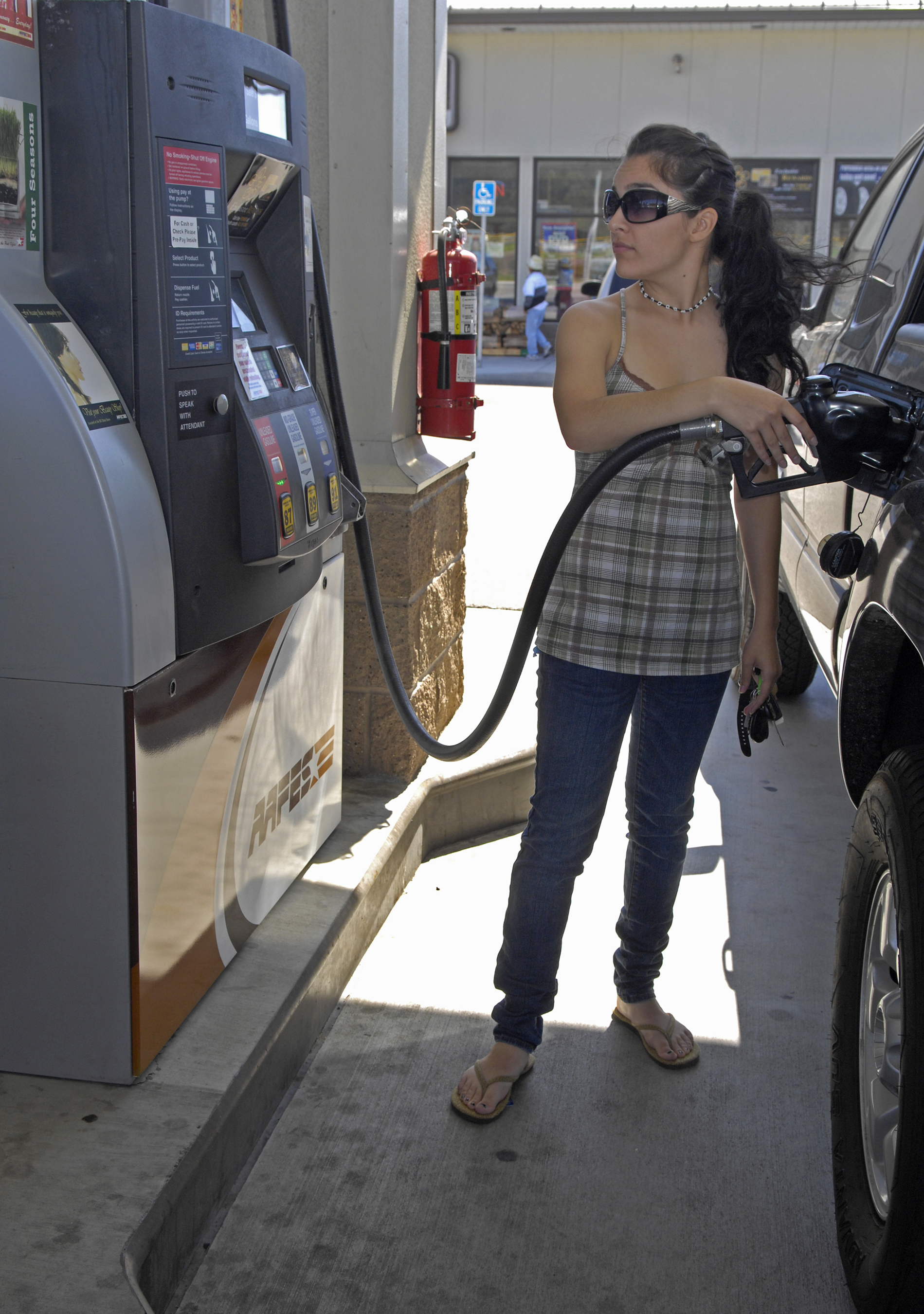One of the joys of city living is availability and variety of take-out food. From cheesy fries to pizza by the slice, urban snacks are legendary. But most of these treats come in plastic containers that eventually end up in landfills.


Cities are filled with discarded plastic, from single-use containers to bottled water. Every year, 400,000,000 tons of plastic are produced; that’s equivalent the weight of all the people on the planet.

Only 15% of plastic is recycled; most sits in urban landfills. One of the world’s largest landfills is the Apex Regional in Las Vegas, Nevada, not far from the Colorado River and Hoover Dam, stretching over 2,000 acres. Apex is filled with take-out food containers and many other kinds of plastic.

Time (and money) at slot machines may go fast, but landfill plastics have a long life. Plastic is designed to be durable. It degrades very slowly; it can take over 1,000 years. Even if we pull plastics out of landfills, not all are recyclable. Plastics containing even a bit of food (take-out fries, plastic forks) are not recyclable. And most people who toss food containers into trash, or even into recycling bins, do not, or cannot, wash them first.
What if landfill plastic, especially food containers, were actually buried treasure?ReisnerLab at Cambridge University may have found a way to turn discarded plastic into fuel; the process is powered by sunlight, and produces syngas. Much syngas currently produced requires non-renewable energy, but the ReisnerLab process uses solar. Another benefit? Cambridge University’s nascent system can handle recycled plastic with food waste stuck to the containers. It’s a problem for most recycling, but the Cambridge system uses the leftover food as a substrate, making the process work even better. ReisnerLab’s innovation is at an early stage, and shows promise. Some investors tracking developing innovation may take note.

Benefit of syngas – it can be pumped. Professor Erwin Reisner observes that “effectively plastic is another form of fossil fuel, rich in energy.” Unlocking that energy to use as fuel could replace traditional fossil fuels and yet not pose the extent of pollution and emission problems caused by coal, oil, and gas. Being able to use the same distribution and delivery infrastructure, plastic-produced syngas could be helpful in fueling the future. One of the difficulties that slows down energy transition is switching to new delivery and distribution systems from existing infrastructure. Re-using gas pipelines, delivery trucks, pumps, and hoses for syngas is a great advantage. And getting rid of food-coated un-recyclable plastic clogging city landfills? A bet as good as Las Vegas.
Biofuel. “What is Syngas?” https://biofuel.org,uk/index.php?p=what-is-syngas
Bhattacharjee, Subhajit, Motiar Rahaman, Erwin Reisner. “Photoelectrochemical CO2-to-fuel-conversion with simultaneous plastic reforming.” 9 January 2023. Nature Synthesis 2, 182-192, 2023. https://www.nature.com/articles/s44160-022-00196-0
Reisner Lab. http:/www-reisner.ch.cam.ac.uk/research.html
Building the World Blog by Kathleen Lusk Brooke and Zoe G. Quinn is licensed under a Creative Commons Attribution-NonCommercial-NoDerivs 3.0 Un
